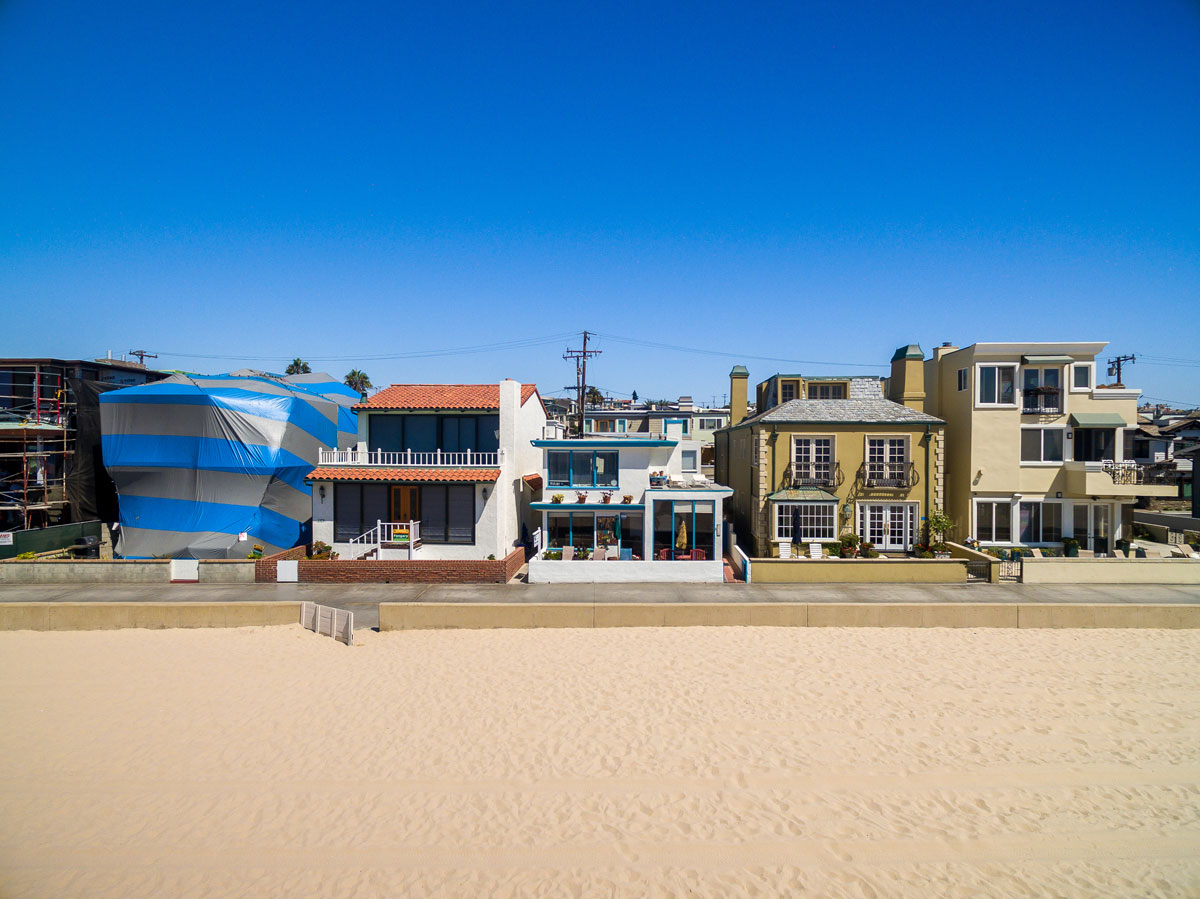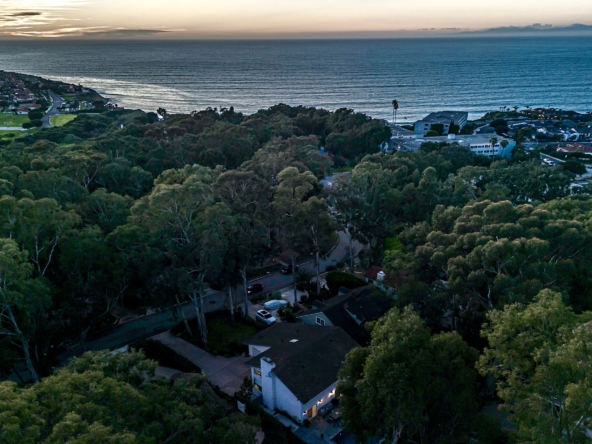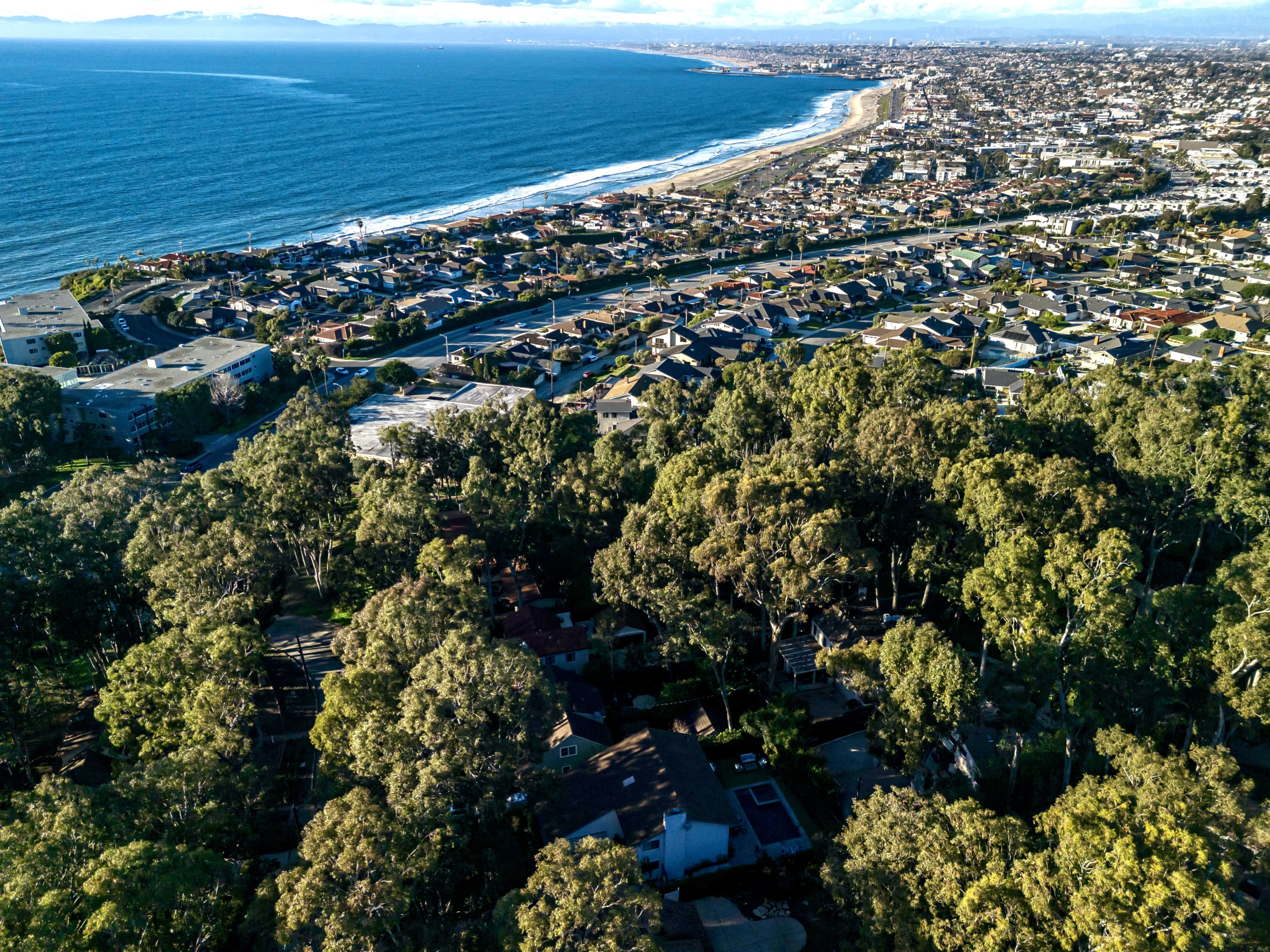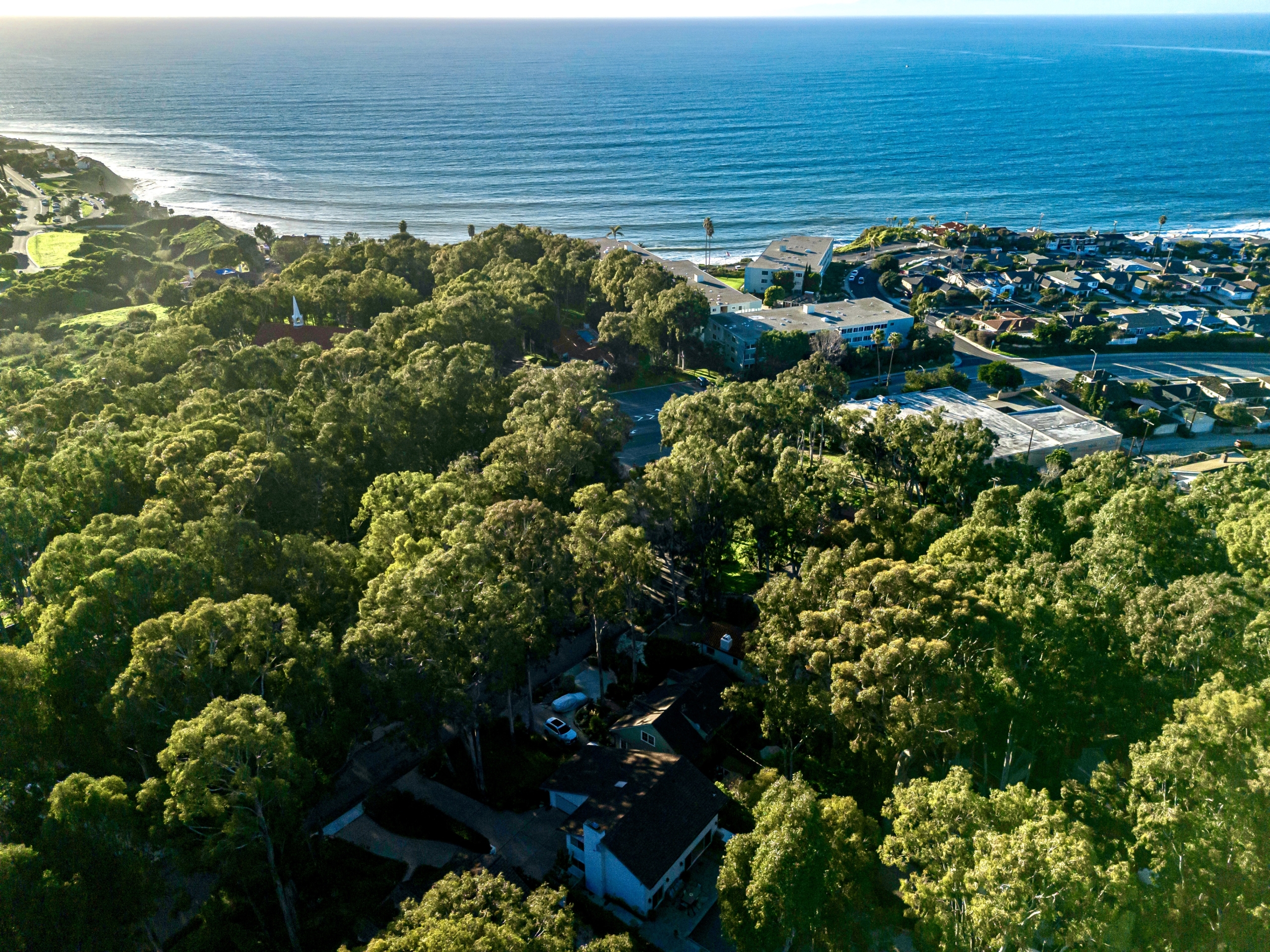Sometimes you get a listing that practically sells itself. Other times you have one that ends up being an on the job education in real estate. 1918 The Strand was definitely the latter. I want to share the insights that I learned in the 16 plus months it ultimately took to put this sale together, and how that might help a future seller or buyer in a similar situation. Before I get into the challenges, I would be remiss for not mentioning that my mentor and former broker, Dan Ericson, a real estate genius in the South Bay, gave me the opportunity to work on this sale, and ultimately allowed me to carry it across the finish line. I also need to thank the seller, Mr. Blount, for keeping a level head when faced with a challenging situation from an outside party that threatened to cannonball the sale – not once, but two times! He did a great job protecting his family’s asset and ultimately prevailed through a once-in-a-career sale.
The background: 1918 The Strand, Hermosa Beach, is one of the last classic beach bungalows in Hermosa. A familiar home to any Strand regular, Volleyball player, or surfer using the strand homes to line up the perfect rip. The patriarch of the family passed away and Ericson Beach Real Estate was hired to sell the home. Later the listing was transferred to Vista Sotheby’s International Realty and co-listed with Dan Ericson.
Initially we had the home in escrow Fall of 2017. As we moved through the due diligence period, we ordered a survey for our buyer, and in that we discovered there were a few encroachments onto 1918 The Strand by the neighbor to the north. The buyer, whose intent was to tear down the home and build a new one, was concerned that a potential dispute could arise. His concerns became valid as we later learned the adjoining neighbor to the north made a verbal claim that they were entitled to access rights along the walkway between the two homes. That didn’t sit well with the buyer, so we recommended they seek legal counsel. We also did our investigations with the city of Hermosa Beach and it turns out that the adjoining neighbor made encroachments into their own side yard setback in the 70’s, and signed documents with the city stating it would not negatively impact any adjacent neighbors in the future. Well, turns out, those neighbors wanted their cake and eat it too. Eventually the buyer was scared off, escrow was cancelled and we had one upset seller (and disappointed buyer).
With the possible threat of “adverse possession,” or the action of one “person to claim a property right in land owned by another.” Sure, that sounds extreme, and very rare in most cases, but a threat like this cannot just be ignored, especially when trying to sell a house. Our seller was left with few options, but the first and foremost need was to stop the trespass, so a wall was erected in the areas where none existed along the property lines. It really was a shame that it came to this since the neighbors co-existed peacefully for over 50 years, but the neighbors claims was ultimately preventing a sale. So how does one sell a property with a known disclosure such as a neighbor claiming the right to use the property? In short, it took a lot of patience.
As time wore on, more lawyers got involved – the neighbor’s attorney wrote some antagonizing letters to the seller, and the seller was forced to respond with letters from his attorney. We re-listed the property, this time with a survey and a legal disclosure that the neighbor has a concern regarding the north access way between the two properties, and in time found a buyer willing to work through the challenge. The buyer was given a generous amount of time to perform due diligence, and our seller waited patiently for the issue to be worked out. Again, attorneys stepped in. Ultimately, the buyer graciously granted the neighbor to the north an easement to access the property, but in return received a reciprocal easement on the neighbor’s property, thereby creating a wider access way for both properties. The buyer will ultimately build their dream home at 1918 The Strand, and both properties will have a recorded easement “running” with the property.
How did our seller fair? Surprisingly, our seller was able to still sell the property for a nice sum of money. The fact we were able to find a cooperative buyer went a long way to the ultimate successful sale, but I don’t know if the seller will ever feel totally at peace after the neighbor, once considered a friend, dragged the sale process out ultimately an additional 14 months (that’s a lot of lost opportunity cost on over $6m in proceeds), not to mention all the legal fees and stress the process caused. Ultimately we protected the seller from any future liability of the neighbors claim by making full disclosures of the issue, and the reciprocal easement agreement is between the buyer and the neighbor, and does not include the seller as a party to the agreement. Because the sale took longer than expected, we negotiated a no-cost leaseback giving the seller the needed time to move out of the property.
What we learned: Disclose, disclose, disclose. If you ever find yourself in a situation that was as sticky as this, the best thing you can do is make a complete disclosure of the known facts, and encourage the buyer to perform his or her due diligence. It also reiterated the importance of representing our client’s best interests. While it easy to get anxious to make a deal, we were hired to represent our seller, and act ethically on his behalf. In some cases it required standing our ground, and other times some flexibility, but in the end our client’s needs were protected and the buyer successfully purchased the property to build his dream beach house.




